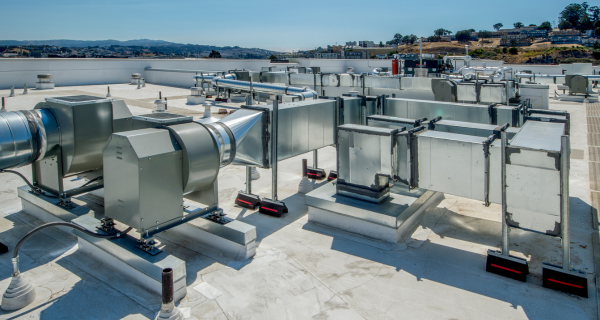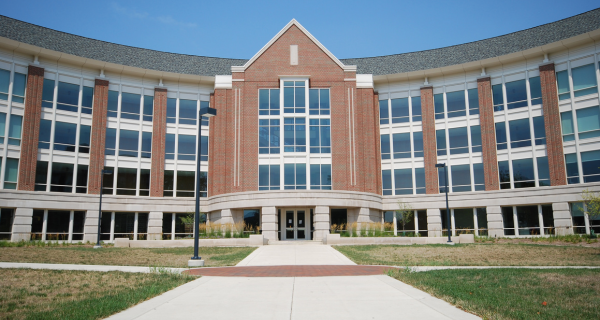In the face of increasing global awareness about climate change, regulatory bodies worldwide are implementing mandatory climate disclosure regulations. These regulations require companies to disclose specific climate-related metrics in their financial filings2. One of the key ways to comply with these new…
How Building Analytics Can Help You Create a Smart and Sustainable Campus
In an era where sustainability and efficiency are paramount, campuses worldwide are embracing smart technologies to create environments that not only enhance the quality of life for occupants but also minimize environmental impact. Building analytics has emerged as a game-changer, providing…
Navigating Towards Net-Zero: The Role of Building Analytics in Achieving Carbon Neutrality by 2030
In the face of escalating climate change concerns, the race towards achieving net-zero carbon emissions by 2030 has become a global imperative. Organizations across industries are seeking innovative solutions to minimize their environmental impact, and one key technology in this pursuit…
How to Measure and Benchmark Your Portfolio’s Sustainability | Energy and Environmental Impact Guide
As a sustainability professional, you know that your building’s energy performance and environmental impact are key indicators of its overall sustainability and competitiveness. Increasingly the sustainability of your real estate assets also drives an increase (or decrease!) in their value for…
A CSOs Toughest Challenge Could Be Creating a Culture of Collaboration and Innovation Around Your Sustainability Goals
As a Chief Sustainability Officer (CSO), you have a big responsibility and a big opportunity. You are in charge of leading your organization’s efforts to reduce its environmental impact and achieve its sustainability goals. One of the toughest challenges that CSOs…
Building Automation Systems: The Importance of Solid Fundamentals and Advanced Controls
Building automation systems (BAS) are the backbone of modern building operations, providing centralized control and monitoring for various building systems such as HVAC, lighting, and security. However, before diving into advanced features like fault detection and diagnostics (FDD), it’s crucial to…
The Carbon Lexicon: What is the difference between Net Zero, Carbon Neutral and Zero Carbon?
Climate change is one of the most urgent and complex challenges facing humanity today. To avoid the worst impacts of global warming, such as rising sea levels, extreme weather events, and biodiversity loss, we need to limit the increase in average…
Unleash the Power of Energy Information Systems: Berkeley Lab’s Report
In the ever-evolving world of building management and energy efficiency, staying ahead of the curve is crucial. Today, we’re discussing a report published by Berkeley Lab that sheds light on the remarkable potential of Energy Information Systems (EIS) and Fault Detection…
Why Use Fault Detection and Diagnostics if You Already Have a Building Automation System?
Building Automation Systems (BAS) have revolutionized the way we manage and control our buildings. They provide centralized control of a building’s HVAC, lighting, security systems, and other interrelated systems. However, even with a BAS in place, there’s still a crucial component…













